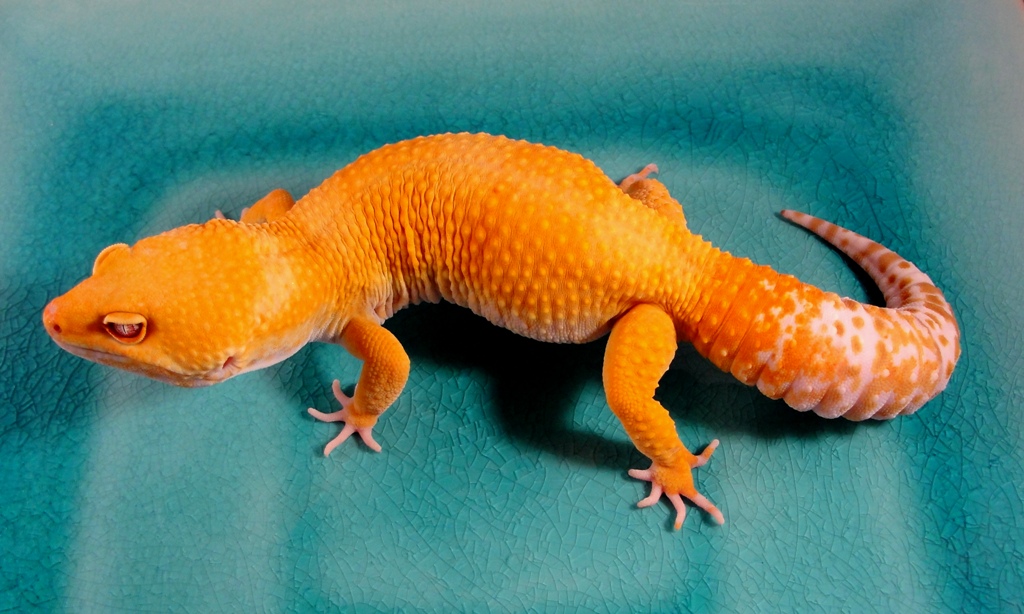Gecko Husbandry Changes – Part 1
We’re all familiar with the steep learning curve a novice reptile keeper experiences when learning how to properly care for the first reptile: I bought my first leopard gecko at a big chain pet store and kept it on 2″ of sand in a 10 gallon tank before she needed a vet visit for worms and impaction. Learn how known breeders have changed this year. More


